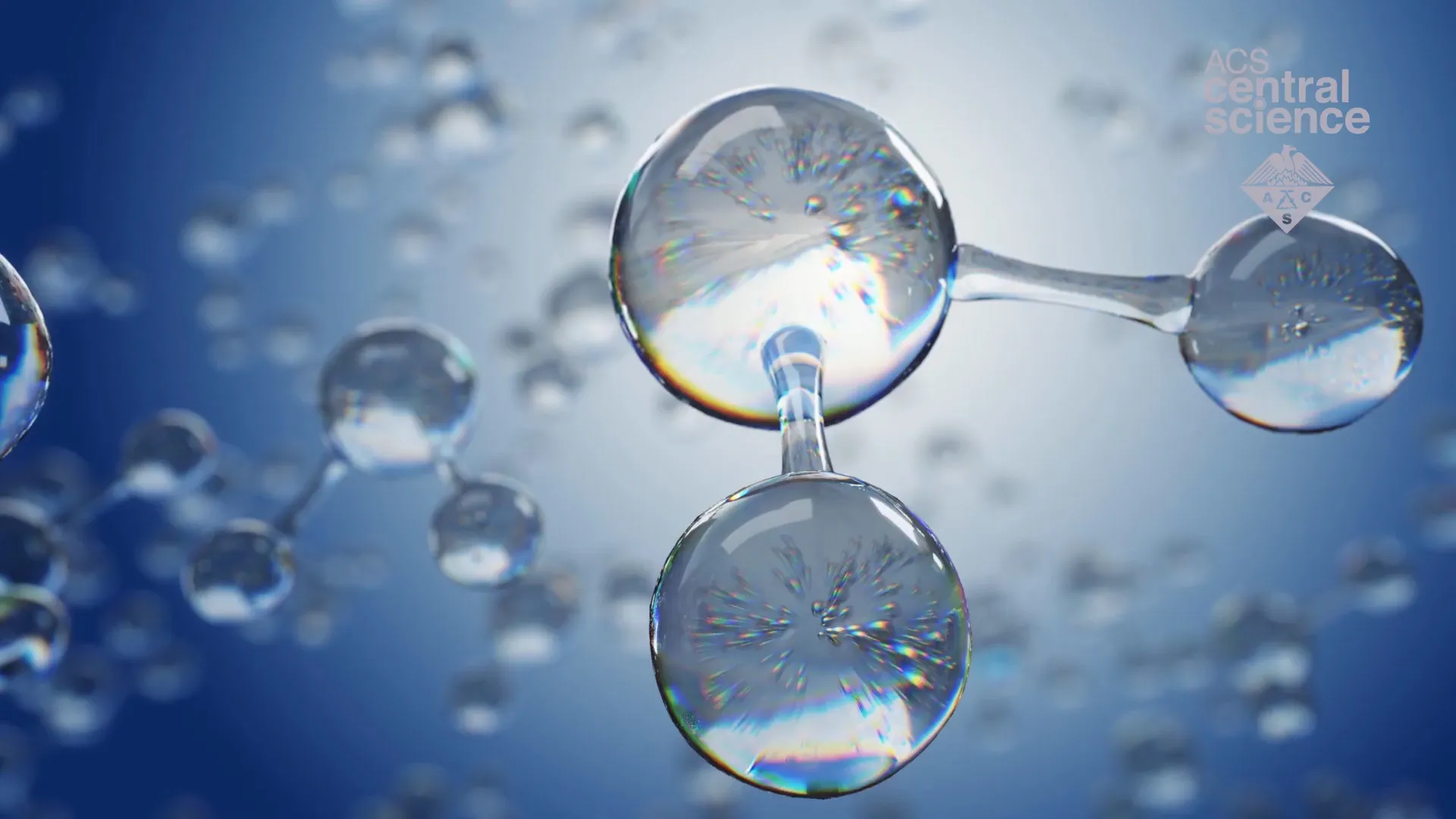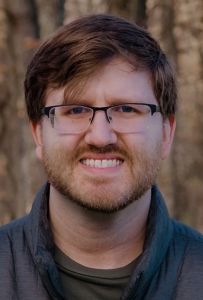UNC Chemists Discover How to Speed Up Key Reaction for Clean Energy

Led by Professor Gerald Meyer and two researchers in his lab, Matthew Kessinger and Thomas Whittemore, the team discovered how to speed up a key chemical reaction involved in splitting water into oxygen and hydrogen—a process used in clean energy technologies like solar fuels.
June 12, 2025 I By Dave DeFusco
In a lab at UNC-Chapel Hill, a group of chemists may have uncovered a missing piece in the puzzle of how to make clean energy more efficiently. Led by Professor Gerald Meyer and two researchers in his lab, Matthew Kessinger and Thomas Whittemore, the team discovered how to speed up a key chemical reaction involved in splitting water into oxygen and hydrogen—a process used in clean energy technologies like solar fuels.
“This work helps us understand how to better design catalysts for water splitting,” said Kessinger, a postdoctoral researcher. “That’s a big step toward making renewable energy systems that work faster and more reliably.”
Supported as part of the Center for Hybrid Approaches in Solar Energy to Liquid Fuels (CHASE), an Energy Innovation Hub funded by the U.S. Department of Energy, Office of Science, the Inorganic Chemistry study, “Direct Evidence for Buffer-Enhanced Proton-Coupled Electron Transfer Generation of a High-Valent Metal-Oxo Complex,” examined how a special metal—ruthenium—reacts when it’s part of a molecule attached to a thin glass-like surface. This metal can help pull apart water molecules, a process necessary for a hydrogen-based economy.


But there’s a catch: To make this reaction happen, the metal not only has to lose electrons—tiny, charged particles—but get rid of protons, which are part of hydrogen atoms. This dual action—called proton-coupled electron transfer, or PCET—is crucial for clean energy chemistry. Unfortunately, it tends to happen very slowly.
“Moving a small particle like an electron is easy, but getting rid of a charged atom, like a proton, at the same time is tricky,” said Whittemore, a Ph.D. student in the Department of Chemistry. “That’s where things usually get bogged down.”
The breakthrough came when the researchers, including colleagues from the University of Ferrara in Italy and North Carolina State University, added something called a buffer to the reaction. Buffers are common in science labs—they help control the acidity of solutions—but in this case, they did something more. When the buffer concentration was high, the slow steps in the reaction seemed to disappear. Instead of dragging its feet, the reaction sped up—by as much as 10,000 times.
“That was a wow moment,” said Kessinger. “We saw that with enough buffer, the reaction didn’t go in sequential steps. Everything happened at once. It was much faster.”
In chemistry terms, the buffer helped the proton and the electron move together in one smooth motion, called a “concerted” reaction. This is better than having them move separately, which takes more time and energy.

This discovery may seem small, but it has big implications. In clean energy technologies, scientists need to generate catalysts with sufficient energy to break water molecules apart. By utilizing concerted reactions, the team believes it can make this chemistry more efficient. However, getting there has been a slow process.
Meyer said the team’s finding offers direct evidence that buffers—those simple, everyday chemicals—can make this step much faster.
“For a long time, researchers believed that buffers help these reactions, but we didn’t have clear a explanation for why,” said Meyer. “Now we do. And that opens the door to smarter, faster catalyst designs.”
Imagine a future where solar panels don’t just generate electricity, they also store energy by turning sunlight into a sustainable fuel like hydrogen gas. That’s one of the dreams behind solar fuels research. But for that to happen, every piece of the chemical puzzle has to work efficiently. This research helps fill in one of those pieces.
“Any way to speed-up these reactions helps,” said Whittemore. “If we can understand and control the chemistry better, we can help make clean energy a reality.”

